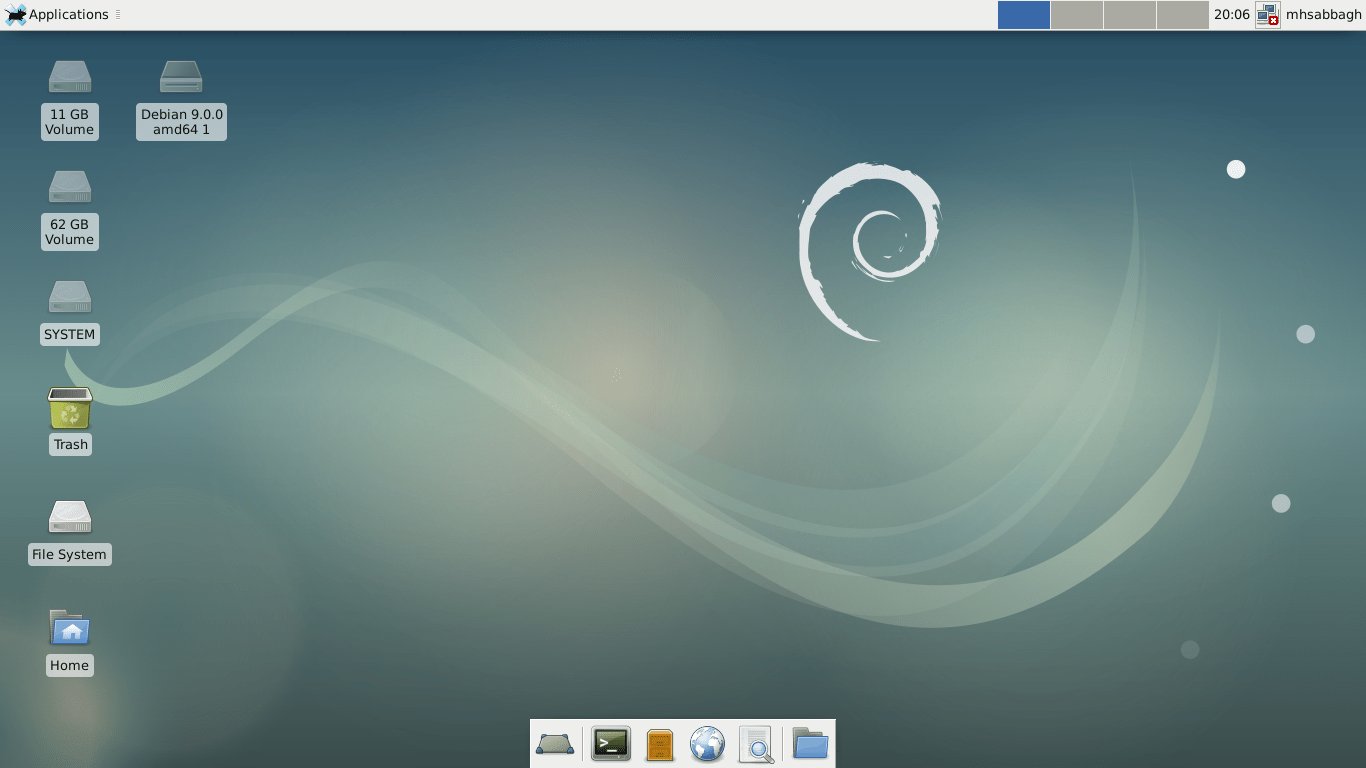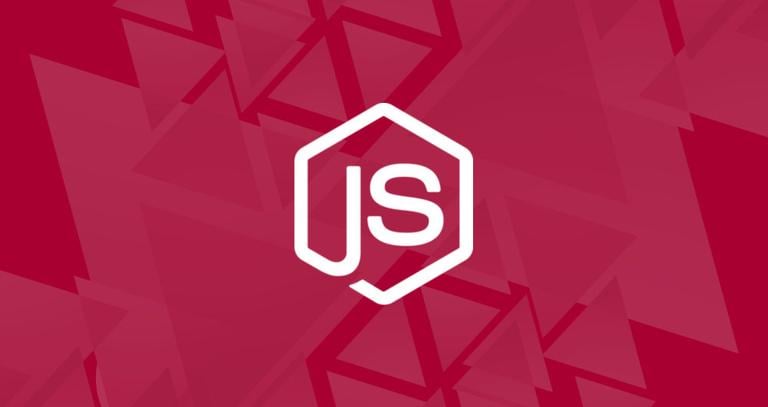


For additional help or useful information, we recommend you check the official Gulp.js website. Thanks for using this tutorial for installing the latest version of Gulp.js on the Debian system. Then, add the Gulp module to your project: npm install -save-dev gulpĪfter that, check the installed version of Gulp CLI and Gulp Module in your application: $ gulp -versionĬongratulations! You have successfully installed Gulp.js. Test command: "echo "How Are You" & exit 1"Ībout to write to /root/project/package.json: Save it as a dependency in the package.json file. In this guide, we will show you three different ways of getting Node.js installed on an Ubuntu 20. To update the contents database of your Debian Linux package repository, use the apt update command: sudo apt update Step 2: Install Node. Follow the steps below to install Noje.js 16. Use `npm install ` afterwards to install a package and Method 1: Install Node.js 1614 and npm on Debian 11 from Nodesource Repository Install Node.js 16 on Debian 11. See `npm help init` for definitive documentation on these fields

It only covers the most common items, and tries to guess sensible defaults. Output: This utility will walk you through creating a package.json file. So you will need to install it from the script. Next, switch to your existing Node.js application directory or create a new application with the below commands: mkdir my-project By default, the latest version of Node.js is not available in the Debian 10 default repository. Now we the following commands to install Gulp CLI globally on your system: npm install -g gulp-cli Make sure you have successfully installed node.js and NPM on your system: node -version Then, install Node.js with the following command: sudo apt install nodejs


 0 kommentar(er)
0 kommentar(er)
